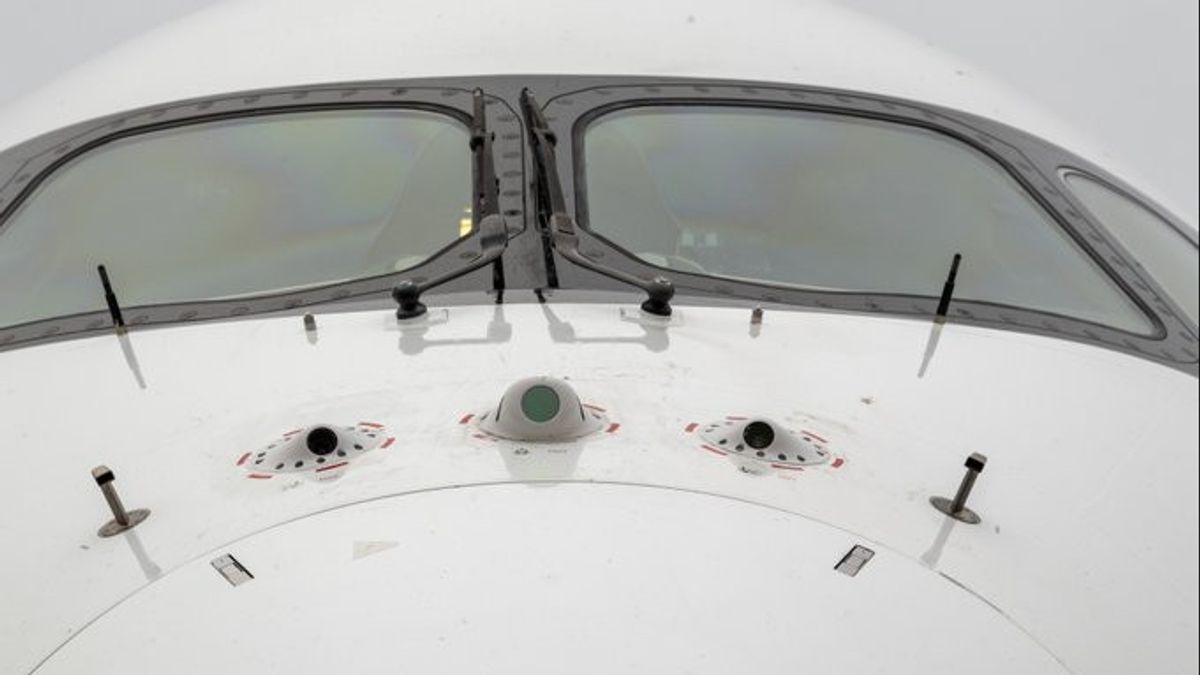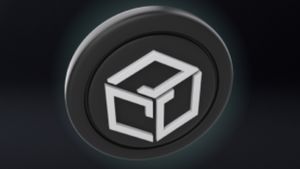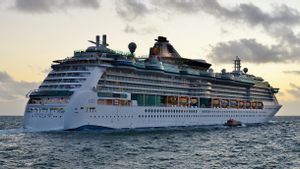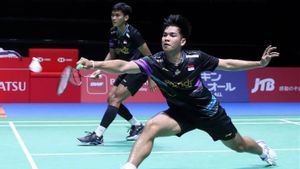JAKARTA – Aircraft manufacturing company, Airbus, is testing a series of new automated technologies that it claims have the potential to improve safety and efficiency in aviation.
The automated technology, which Airbus has branded the DragonFly project, includes "in-flight automatic emergency diversion, automatic landing, and taxi assist," Airbus said in a statement, as quoted by The Verge.
The company is testing the new features using its A350-1000 aircraft at Toulouse-Blagnac Airport, which is the test site for Airbus. Experiments are being carried out by Airbus UpNext, a subsidiary of the aerospace giant that validates new technologies before rolling them out to the wider fleet.
What if a humble dragonfly could help us improve our aircraft? 👀 Discover how the new #AirbusUpNext DragonFly demonstrator takes inspiration from this extraordinary insect to improve safety and efficiency during flight.
🔗 https://t.co/5wCsTDBG9Y pic.twitter.com/LpihLu3Sqc
— Airbus (@Airbus) January 12, 2023
The name DragonFly is not wrong. According to Airbus, the technology is meant to mimic the ability of insects to recognize specific locations.
The aim is to use this capability to help independently taxi aircraft before takeoff, handle incidents when crew members may not be able to do so, and perform automated takeoffs and landings.
"This test is one of several steps in methodical research of the technology to further improve operations and increase safety," said Isabelle Lacaze, head of DragonFly demonstrators, Airbus UpNext, in a statement, quoted by The Verge.
"Inspired by biomimicry and nature in the same way that dragonflies have the ability to recognize landmarks, the system under development is designed to identify features in the landscape that allow aircraft to 'see' and maneuver safely independently of their environment," added Lacaze.
During testing, the Airbus experimental aircraft was able to recognize and respond to external conditions, such as flight zones, specific terrain, and weather. The aircraft generates a new flight path and communicates this information to air traffic control and other airport operators, all independently.
SEE ALSO:
Airbus UpNext used the data from this test to "prepare the next generation of computer vision-based algorithms to advance landing and taxi assists". This means that in the not too distant future, we will be able to find ourselves on airplanes with more automated features than previous models.
The French company is not shy about touting its preparations for the future. Airbus has funded several electric vertical takeoff and landing (eVTOL) projects over the years, including Vahana and CityAirbus.
The former is an egg-shaped single-pilot eVTOL demonstrator, while the latter can carry four passengers and has a range of 60 miles. The company is also working with lidar startup Luminar to find applications for the 3D mapping capabilities of laser sensors.
The English, Chinese, Japanese, Arabic, and French versions are automatically generated by the AI. So there may still be inaccuracies in translating, please always see Indonesian as our main language. (system supported by DigitalSiber.id)


















